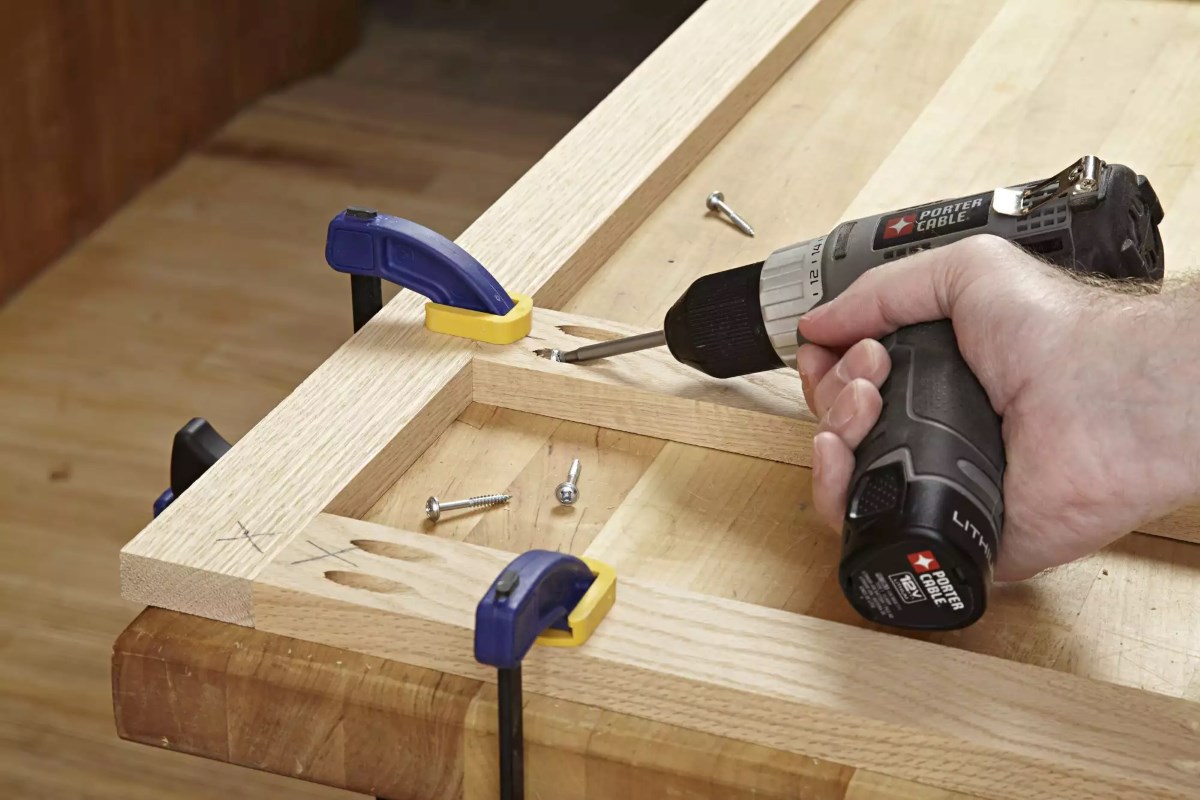

Articles
What Is A Pocket Hole In Woodworking
Modified: December 7, 2023
Discover what a pocket hole is in woodworking with our informative articles. Learn how to use pocket holes to create strong and sturdy joints in your woodworking projects.
(Many of the links in this article redirect to a specific reviewed product. Your purchase of these products through affiliate links helps to generate commission for Storables.com, at no extra cost. Learn more)
Introduction
Woodworking is a craft that has been practiced for centuries, allowing individuals to create beautiful and functional pieces from the raw material of wood. Within the realm of woodworking, there are various techniques and tools that are employed to join wood together to form sturdy and durable structures. One such technique is the use of pocket holes.
Pocket holes are a type of joinery method that offer a simple and efficient way to connect two pieces of wood together. This technique is widely used in woodworking projects, ranging from building cabinets, furniture, and even constructing outdoor structures like decks and pergolas.
In this article, we will explore the concept of a pocket hole in woodworking, how it works, the tools and materials required, steps to create a pocket hole, advantages and uses, as well as limitations and tips for using pocket holes effectively.
Key Takeaways:
- Pocket holes offer a simple, efficient, and versatile method of joining wood, providing strong and reliable connections for woodworking projects. Their concealed screw heads create a clean and attractive appearance, making them ideal for aesthetically important projects.
- While pocket holes have limitations, such as load-bearing capacity and precision alignment, utilizing alternative joinery methods when necessary can mitigate their impact. By following best practices and tips, woodworkers can maximize the strength and durability of pocket hole joints.
Definition of a Pocket Hole
A pocket hole is a type of woodworking joint that involves drilling a hole at an angle into one piece of wood and then connecting it to another piece using a specialized screw. The term “pocket hole” refers to the pocket or recess created by the angled hole, in which the screw head is concealed, creating a strong and secure joint.
The pocket hole joint is characterized by its simplicity and versatility. Unlike other traditional woodworking joints, such as dovetails or mortise and tenon, which require complex measurements and precise cutting, a pocket hole can be created quickly and easily with the help of a few tools. This makes it an ideal choice for both beginner and experienced woodworkers.
One of the key features of a pocket hole joint is the angle at which the hole is drilled. Typically, the hole is drilled at a 15-degree angle, although variations can be used depending on the thickness and type of wood being joined. This angled hole allows the screw to be inserted at an angle, driving it through the thickness of one piece of wood and into the end grain or edge of the other piece, creating a strong bond.
The pocket hole joint not only provides a solid connection between two pieces of wood but also offers some degree of flexibility. As the screw is driven at an angle, it allows for some movement or adjustment in the joint, making it easier to align and assemble large or complex structures. This flexibility is particularly useful when building furniture or cabinetry, where precise alignment is crucial for a professional finish.
How a Pocket Hole Works
A pocket hole works by creating a strong mechanical connection between two pieces of wood. The angled hole, combined with a specialized screw, creates a joint that is both secure and reliable.
To create a pocket hole, a pocket hole jig is used. This jig guides the drill bit at the appropriate angle, ensuring consistent and accurate holes. The jig typically has adjustable settings to accommodate different thicknesses of wood.
Once the hole is drilled, a pocket hole screw is inserted into the hole and driven into the adjacent piece of wood. The design of the screw includes a wide head and a self-tapping tip, which allows it to easily bite into the wood and create a strong connection.
As the screw is driven into the pocket hole, it pulls the two pieces of wood tightly together. The angled hole and screw design create a wedging effect, exerting pressure on the joint surfaces and preventing the pieces from separating. This results in a sturdy and reliable joint that can withstand heavy loads and resist pullout forces.
Furthermore, the pocket hole joint has the advantage of concealing the screw head within the pocket hole itself. This provides a clean and seamless appearance on the visible surfaces of the wood, making it an attractive choice for projects where aesthetics are important.
Overall, the functioning of a pocket hole involves the precise drilling of an angled hole, followed by the insertion of a specialized screw to create a strong and hidden connection between two pieces of wood. It is a simple yet effective method of joining wood, offering both strength and convenience.
Tools and Materials Required
Creating pocket holes requires a few essential tools and materials. Here is a list of what you will need:
- A Pocket Hole Jig: This is the primary tool used to drill the angled pocket hole. There are various types of pocket hole jigs available, ranging from basic models to more advanced ones with additional features.
- A Drill: You will need a power drill to drive the pocket hole screws into the wood. Make sure the drill is compatible with the drill bit size recommended for the pocket hole jig you are using.
- Pocket Hole Screws: These specialized screws are designed specifically for pocket hole joinery. They have a self-tapping tip and a wide head that provides a strong hold and hides the screw head within the pocket hole.
- Wood: Of course, you will need the wood pieces that you want to join together. Ensure that the wood is suitable for your project and has been properly prepared, such as planing and sanding.
- Clamps: Clamps are useful for holding the wood pieces in place while drilling the pocket holes and during assembly.
- Protective Gear: Safety should never be overlooked. Wear safety glasses to protect your eyes and consider using a dust mask when drilling to avoid inhaling wood particles.
It’s worth noting that while a pocket hole jig is the most common tool used for creating pocket holes, there are other options available. For example, there are pocket hole systems that come with a dedicated drill bit, depth collar, and guide to simplify the process further.
Make sure to choose the right size of pocket hole screws for your project, as they come in different lengths to accommodate various wood thicknesses.
Having these tools and materials on hand will ensure that you are well-equipped to create strong and reliable pocket hole joints in your woodworking projects.
Steps to Create a Pocket Hole
Creating a pocket hole involves a series of steps that ensure accurate drilling and proper assembly of the wood pieces. Here is a step-by-step guide to help you create a pocket hole:
- Prepare the wood: Start by preparing the wood pieces that you want to join together. Ensure that they are cut to the desired dimensions and have smooth, flat surfaces.
- Set up the pocket hole jig: Adjust the pocket hole jig to the desired setting based on the thickness of the wood. Most pocket hole jigs have clear markings and measurements to guide you.
- Clamp the wood: Use clamps to secure the wood pieces in place. This will prevent any movement during the drilling process and ensure accurate hole placement.
- Position the jig: Place the pocket hole jig on the edge of the wood piece where you want to create the pocket hole. Make sure the jig is aligned properly and flush with the surface.
- Drill the hole: Using the appropriate drill bit for your pocket hole jig, slowly and evenly drill into the wood at a 15-degree angle. Follow the guidelines provided by the manufacturer to determine the correct depth for the hole.
- Clear the debris: After drilling the hole, remove the pocket hole jig and clear any wood chips or debris from the hole using a brush or compressed air. This ensures a clean and accurate connection.
- Repeat for additional holes: If you need multiple pocket holes for your project, repeat the process by repositioning the jig and drilling the holes as required.
- Insert the screw: Once all the pocket holes are drilled, it’s time to connect the wood pieces. Insert a pocket hole screw into each hole and drive it into the adjacent piece using a drill. Be careful not to overtighten the screw.
- Assembly and finishing: With the pocket holes connected, you can now assemble the wood pieces according to your project plan. Secure the joints with additional screws or other fasteners as needed. Finish the wood surfaces as desired, such as sanding and applying a protective finish.
Following these steps will help you create precise and strong pocket hole joints that hold your woodworking projects together securely.
When using a pocket hole jig, make sure to clamp it securely to the workpiece before drilling to ensure accurate and clean pocket holes.
Read more: What Is A Pocket In Spikeball?
Advantages and Uses of Pocket Holes
Pocket holes offer several advantages compared to other woodworking joinery methods, making them a popular choice among woodworkers. Here are some of the key advantages and common uses of pocket holes:
1. Simplicity and Efficiency: Pocket hole joinery is relatively easy to learn and execute, even for beginners. The process of creating a pocket hole is straightforward, requiring minimal tools and setup time. This makes it efficient for both small and large-scale woodworking projects.
2. Strong and Sturdy Joints: Pocket hole joints create a tight and secure connection between wood pieces. The angled hole, paired with the specialized screws, ensures a strong grip and resistance against pullout forces. This makes pocket holes suitable for various applications, including furniture, cabinets, and structural components.
3. Flexibility in Assembly: Pocket hole joints offer some degree of flexibility during assembly. The angled hole allows for slight adjustments and alignment, making it easier to join wood pieces accurately. This flexibility is particularly advantageous when working with large or complex structures that require precise alignment.
4. Concealed Screw Heads: One of the aesthetic benefits of pocket holes is that the screw heads are hidden within the pocket hole itself. This provides a clean and seamless appearance on the visible surfaces of the wood. The lack of visible fasteners makes pocket holes ideal for projects where aesthetics are important, such as furniture and cabinetry.
5. Versatile Applications: Pocket holes can be used in a wide range of woodworking projects. They are commonly employed in furniture construction, cabinetmaking, outdoor structures, and even repairs. From assembling table frames to joining cabinet panels, pocket holes offer versatility in various woodworking applications.
6. Time and Cost Savings: The simplicity and efficiency of pocket hole joinery often result in time and cost savings. Compared to more complex joinery methods that require precise measurements and intricate cuts, pocket hole joinery can be completed relatively quickly. This makes it a cost-effective option for both professional woodworkers and DIY enthusiasts.
Overall, the advantages of pocket holes make them a valuable technique in woodworking. Whether you are a beginner woodworker or an experienced craftsman, incorporating pocket hole joinery into your projects can enhance their strength, efficiency, and visual appeal.
Disadvantages and Limitations of Pocket Holes
While pocket hole joinery offers many advantages, it also has a few disadvantages and limitations that should be taken into consideration. Understanding these drawbacks can help you make informed decisions when choosing the appropriate joinery method for your woodworking projects. Here are some of the main disadvantages and limitations of pocket holes:
1. Limited Load-Bearing Capacity: While pocket hole joints are strong, they may not be suitable for heavy load-bearing applications. The angled screw placement puts stress on the wood fibers, and over time, the joint may loosen or fail if subjected to excessive weight or stress. For heavy-duty applications, other joinery methods, such as mortise and tenon or dovetails, may be more appropriate.
2. Visible Screw Heads on Certain Surfaces: Although the screw heads are concealed within the pocket hole, they may still be visible if the wood surfaces are not flush or if the structure is viewed from certain angles. This can affect the aesthetics, especially if you are working with high-end furniture or pieces where a seamless appearance is desired.
3. Limited Application in Certain Wood Types: Pocket hole joinery works best with solid wood and plywood. However, it may not be as effective with certain types of wood that are prone to splitting or have less structural integrity. For example, using pocket holes in a brittle wood like oak may result in weaker joints. In such cases, alternative joinery methods or reinforcement techniques may be necessary.
4. Reduced Joint Alignment Control: While pocket hole joints offer some flexibility during assembly, they may provide less precise control over joint alignment compared to other joinery methods. The angled holes can result in slight movement during assembly, making it difficult to achieve absolute precision. This limitation is typically not critical for most woodworking projects but may be a consideration for intricate or complex joinery work.
5. Difficulty in Disassembly: Once a pocket hole joint is assembled and tightened, disassembling it can be challenging. The screws are designed to securely hold the joint together, which means that removing them without damaging the wood can be difficult. This makes resizing or repairing pocket hole joints more complicated compared to other joinery methods that allow for disassembly and reassembly.
6. Expertise Required for Complex Projects: While pocket hole joinery is relatively easy to learn and execute, it may require more expertise to create strong and precise joints for complex projects. Understanding the appropriate screw length, angle, and hole placement for different wood thicknesses and configurations becomes critical to ensure the integrity of the joint. Continuous practice and knowledge of woodworking principles are essential to overcome potential limitations and achieve optimal results.
Despite these disadvantages and limitations, pocket hole joinery remains a valuable and versatile technique in woodworking. By being aware of these limitations and using pocket holes judiciously, you can leverage their benefits while considering alternative joinery methods when necessary.
Tips and Tricks for Using Pocket Holes
When working with pocket holes, there are several tips and tricks that can help you achieve better results and overcome potential challenges. Here are some valuable tips to keep in mind when using pocket holes in your woodworking projects:
1. Choose the right screw length: Selecting the appropriate screw length is crucial for creating strong and secure pocket hole joints. The screw should be long enough to penetrate the second piece of wood without protruding out the other side. However, it should not be too long, as it may weaken the joint or cause splitting. Consider the thickness of the wood and choose the screw length accordingly.
2. Practice on scrap wood: If you are new to pocket hole joinery or experimenting with a new project, it is advisable to practice on scrap wood first. This allows you to familiarize yourself with the process, test different settings on the pocket hole jig, and ensure that everything is aligned correctly before working on your final project.
3. Use clamps for stability: To prevent any movement or misalignment of the wood pieces during drilling and assembly, use clamps to securely hold them in place. This ensures that the pocket holes are accurately positioned and improves the overall stability of the joint.
4. Avoid overtightening: While it’s important to drive the screws tight enough to create a strong connection, be cautious not to overtighten them. Over-tightening can cause the joint to weaken, or worse, damage the wood. Use a torque-limiting drill or be mindful of the amount of force you apply to avoid overtightening the screws.
5. Pre-drill pilot holes for hardwoods: If you are working with hardwoods or denser materials, pre-drilling pilot holes before creating the pocket holes can be beneficial. This helps prevent the wood from splitting and allows for easier insertion of the pocket hole screws.
6. Consider using glue: While pocket hole joints are typically strong on their own, adding wood glue to the joint can provide extra reinforcement and durability. Apply a small amount of wood glue to the mating surfaces of the wood pieces before inserting the screws. This will create a more secure bond and enhance the overall strength of the joint.
7. Sand and finish before assembly: It’s generally easier to sand and finish the wood surfaces before assembling the pocket hole joints. This allows you to access all areas of the wood and achieve a smoother and more even finish. It is often challenging to reach certain areas once the pieces are joined together, so take advantage of the accessibility before assembly.
8. Regularly clean the pocket hole jig: As you work, wood chips and debris can accumulate inside the pocket hole jig, affecting its accuracy and performance. Clean the jig regularly, especially if you notice any clogging or difficulties in drilling consistent and precise holes. Use a brush or compressed air to clear out any debris and ensure smooth operation.
By following these tips and tricks, you can improve your pocket hole joinery technique and achieve stronger, more precise, and aesthetically pleasing results in your woodworking projects.
Conclusion
Pocket holes have become a popular and widely used joinery technique in the world of woodworking, thanks to their simplicity, strength, and versatility. Whether you are a beginner woodworker or an experienced craftsman, pocket holes offer numerous advantages and benefits that can enhance your projects.
In this article, we’ve explored the concept of pocket holes, how they work, the tools and materials required, the steps to create them, as well as the advantages, disadvantages, and tips for using them effectively.
Pocket holes provide a straightforward and efficient method of joining wood pieces together. They offer strong and reliable connections, especially for lighter to medium-duty applications. The ability to conceal the screw heads within the pocket hole creates a clean and attractive appearance, making them well-suited for projects where aesthetics are important.
While pocket holes have their limitations, such as load-bearing capacity and precision alignment, understanding these limitations and utilizing alternative joinery methods when necessary can mitigate their impact on your woodworking projects.
By following best practices, like choosing the right screw length, using clamps for stability, and even adding wood glue for reinforcement, you can maximize the strength and durability of your pocket hole joints.
Remember, practice makes perfect. Don’t hesitate to experiment with scrap wood or seek guidance from experienced woodworkers to refine your pocket hole joinery skills.
In conclusion, pocket holes are a valuable technique in woodworking, providing simplicity, efficiency, and strength. Incorporating pocket holes into your projects can result in sturdy, well-crafted pieces that showcase the artistry and craftsmanship of woodworking.
So, embrace the versatility and convenience of pocket holes and let your woodworking creations come together seamlessly.
Frequently Asked Questions about What Is A Pocket Hole In Woodworking
Was this page helpful?
At Storables.com, we guarantee accurate and reliable information. Our content, validated by Expert Board Contributors, is crafted following stringent Editorial Policies. We're committed to providing you with well-researched, expert-backed insights for all your informational needs.
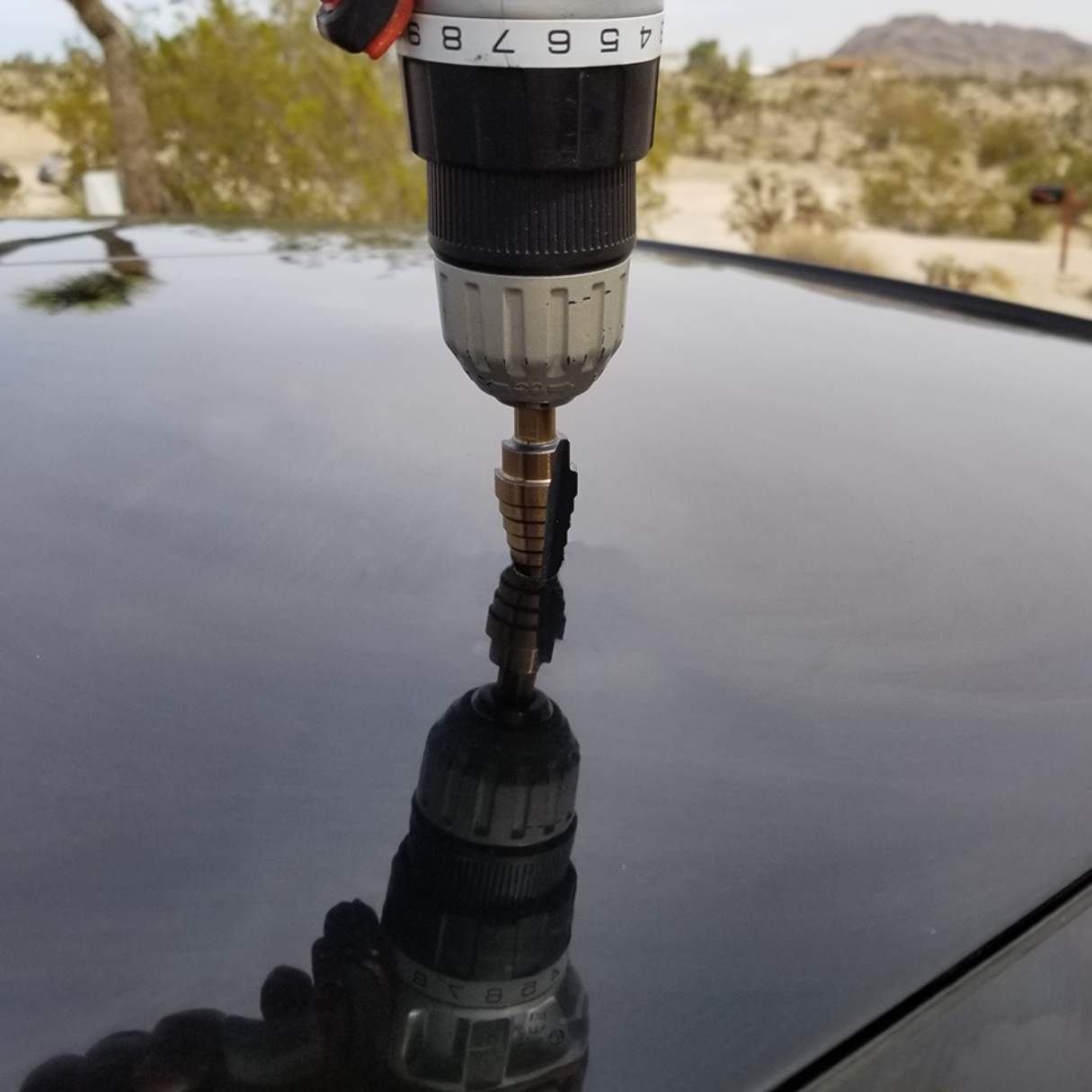

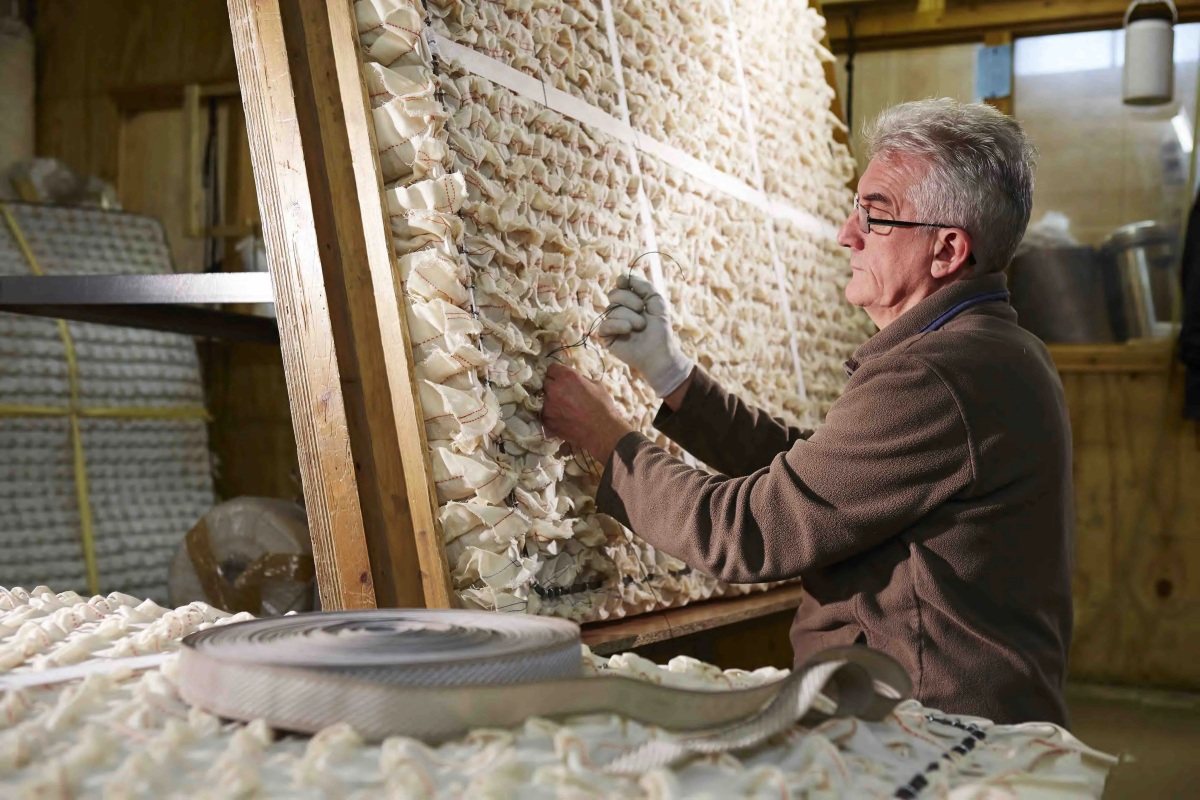
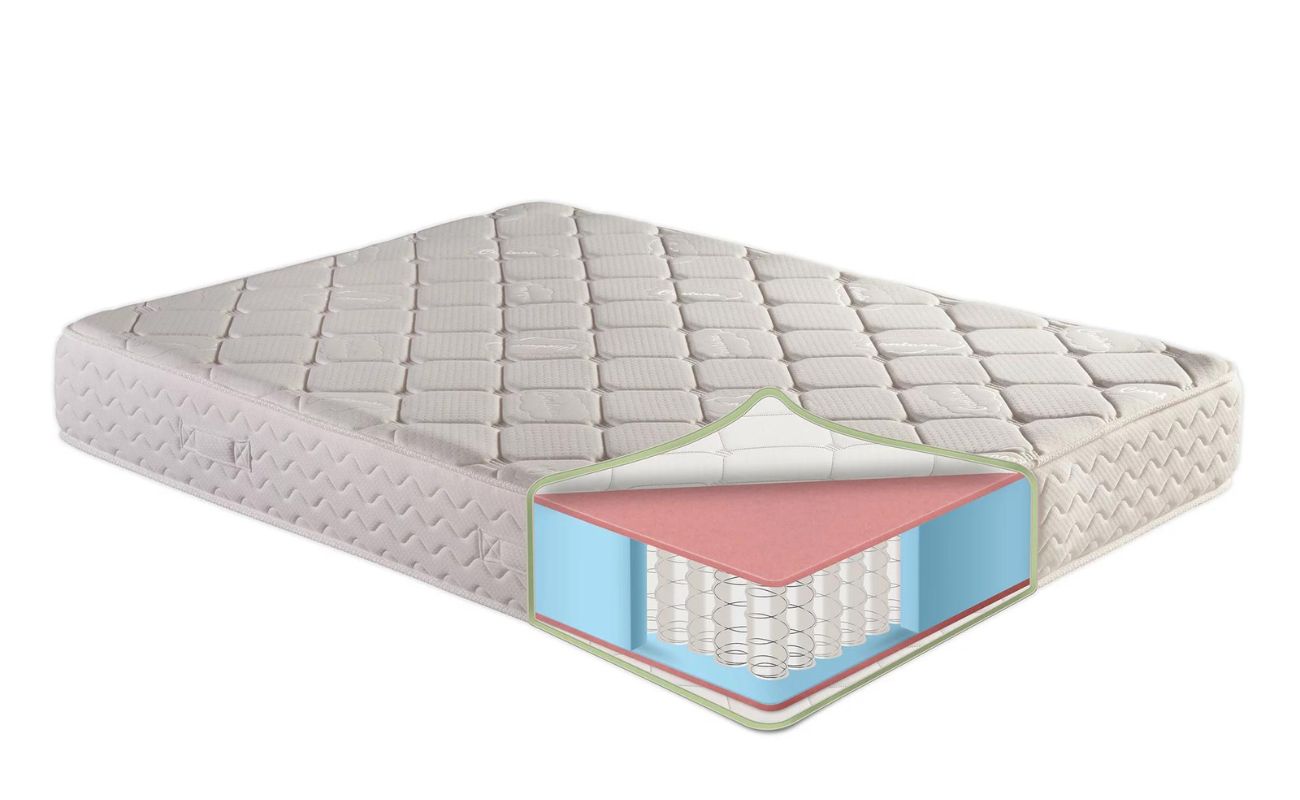

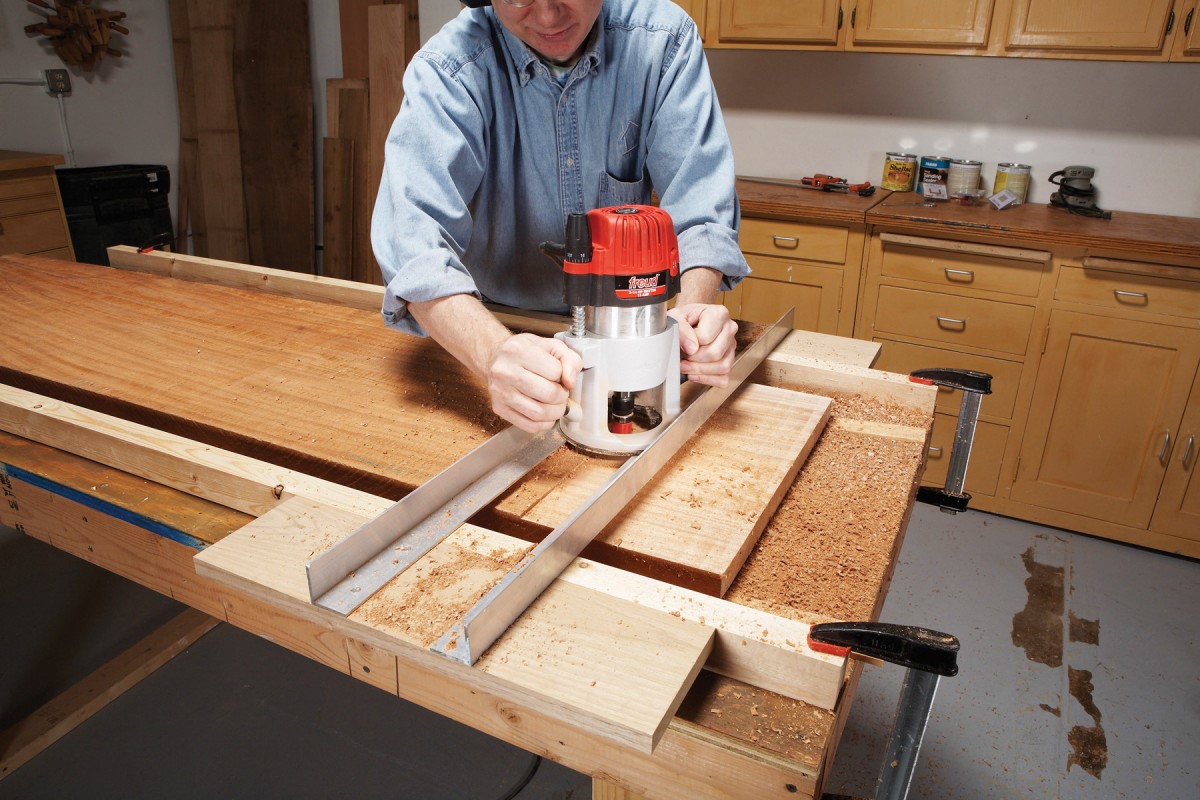
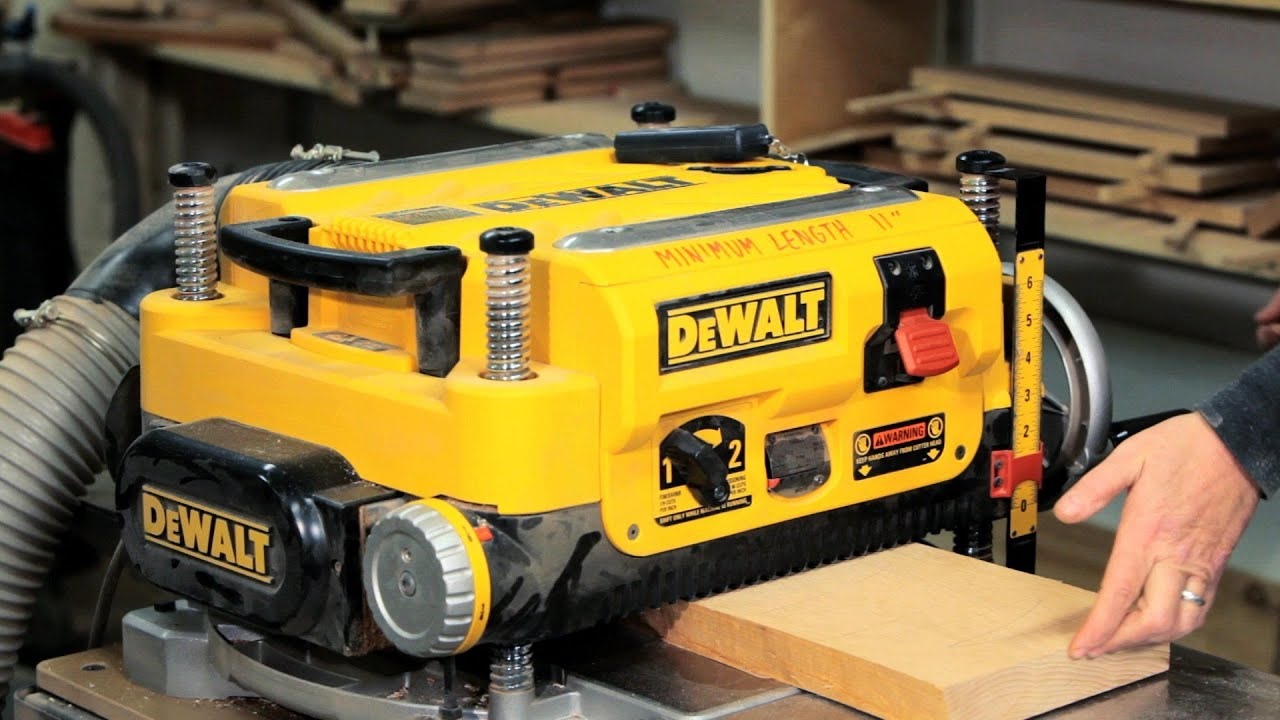
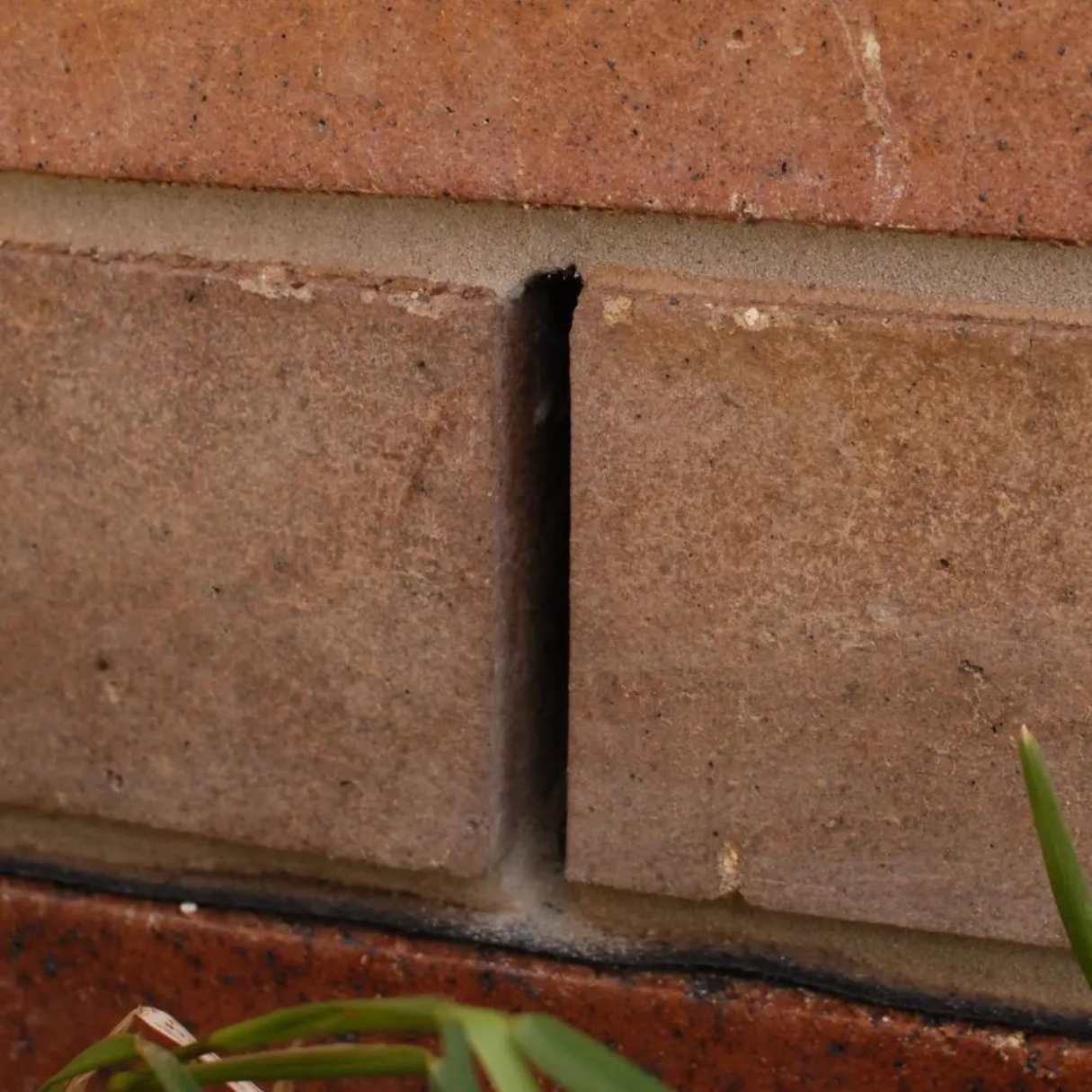

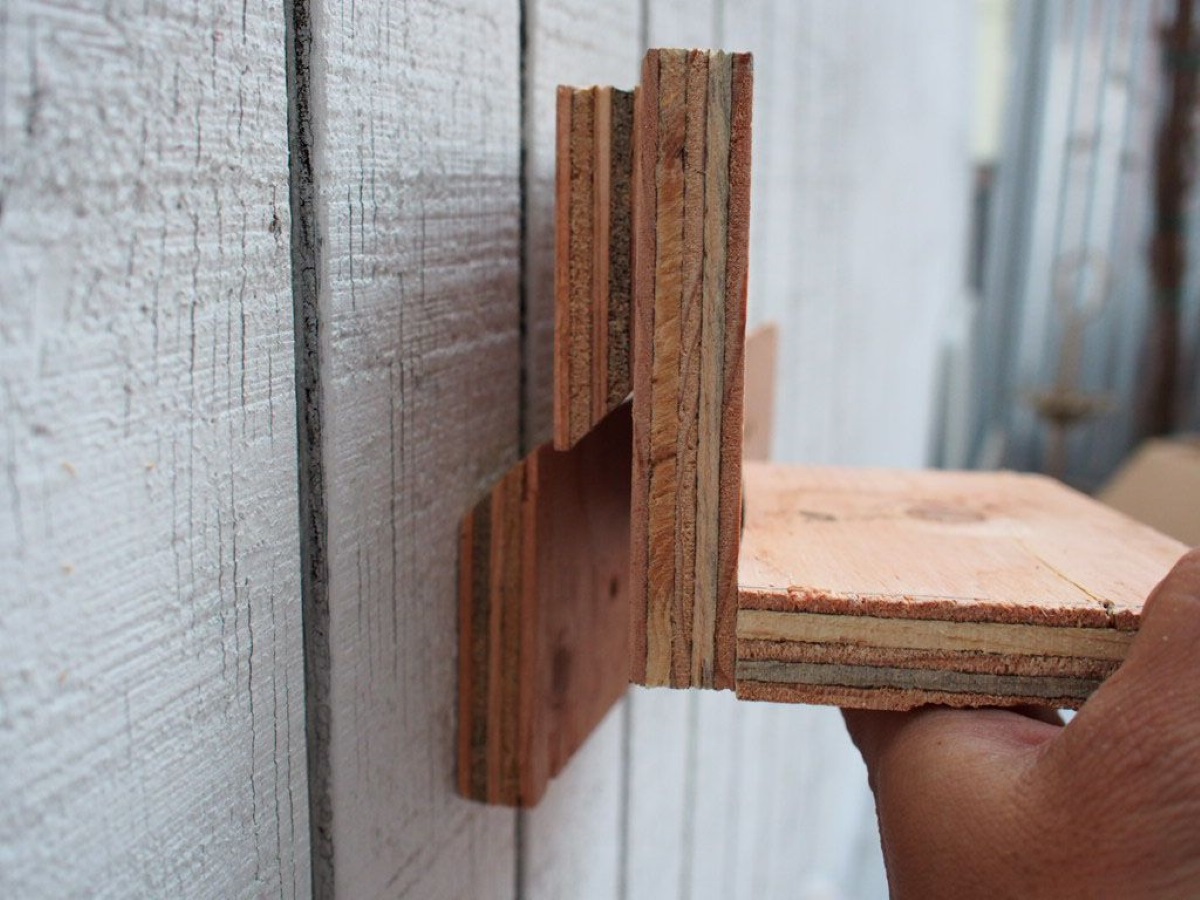
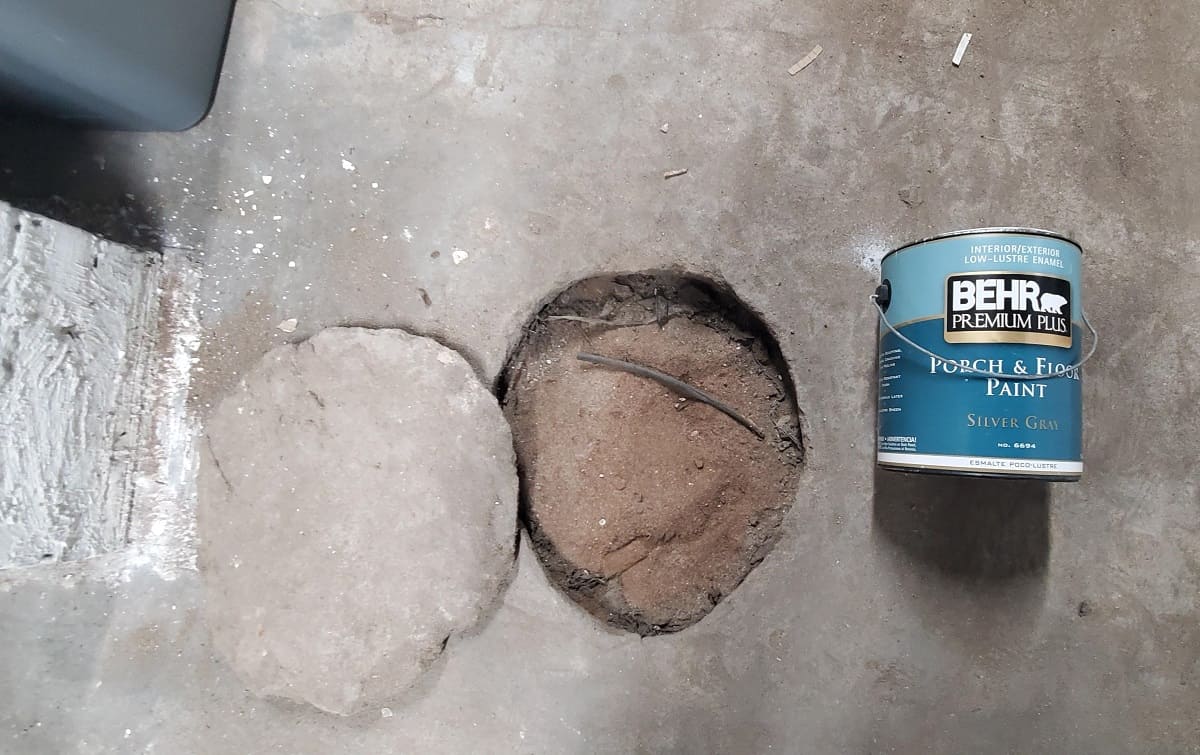
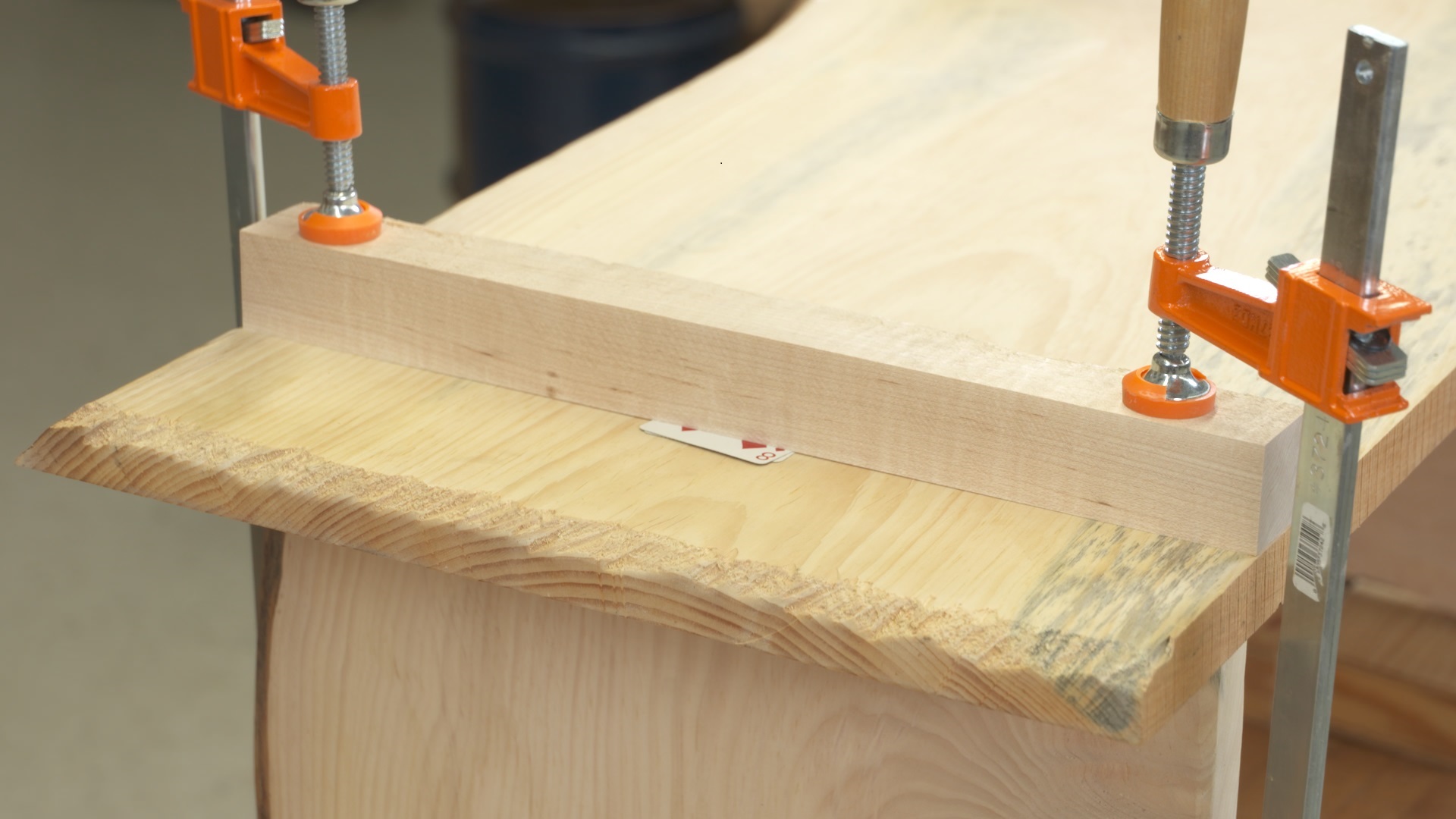
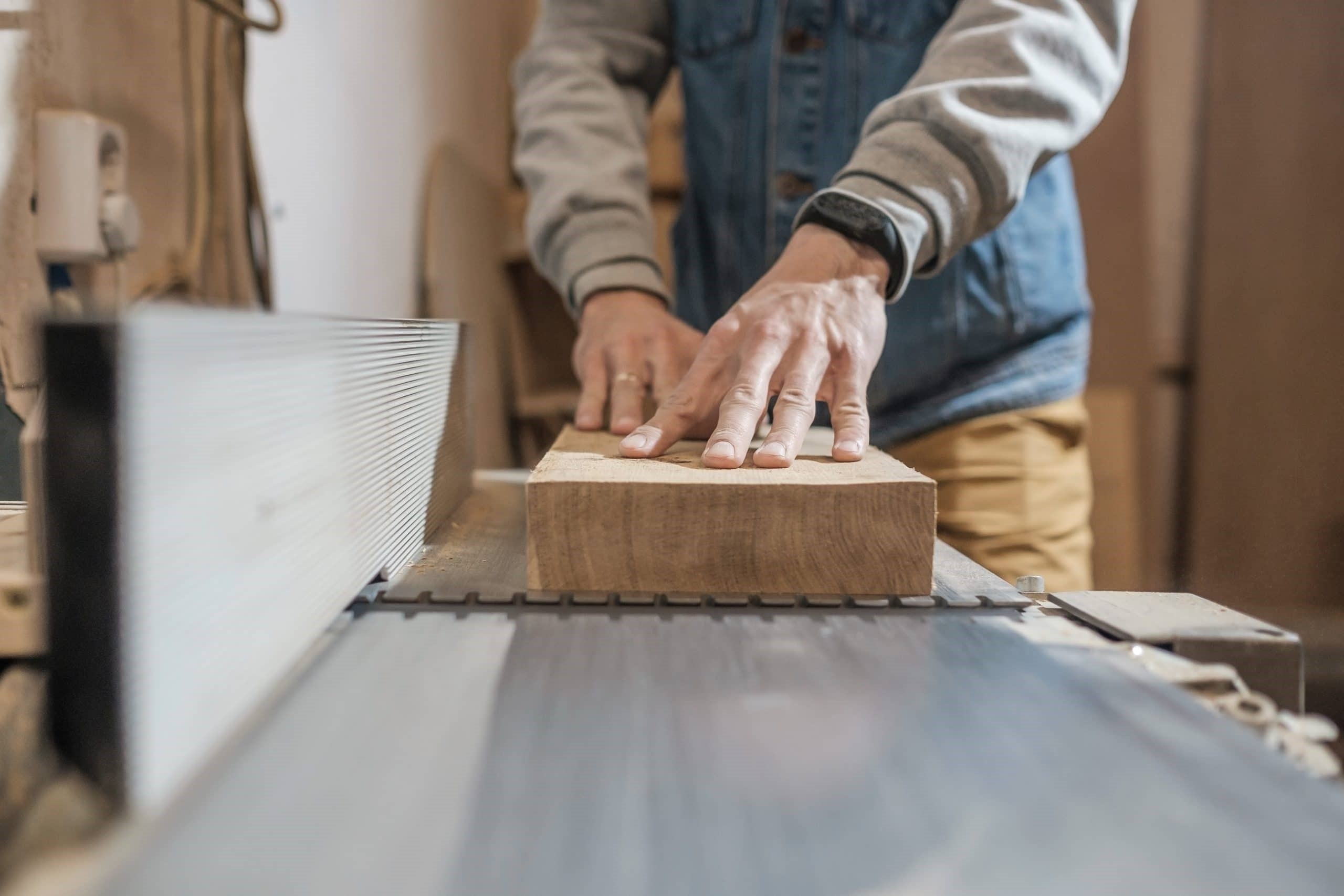
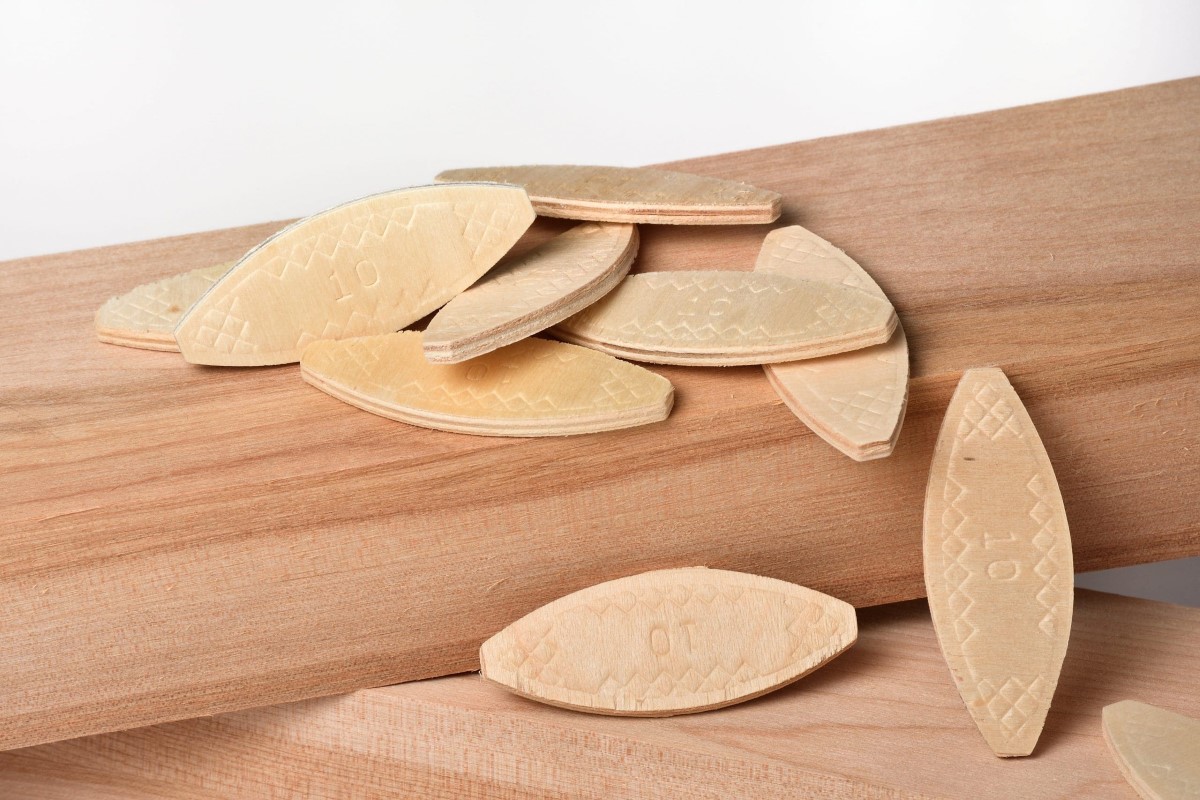

0 thoughts on “What Is A Pocket Hole In Woodworking”